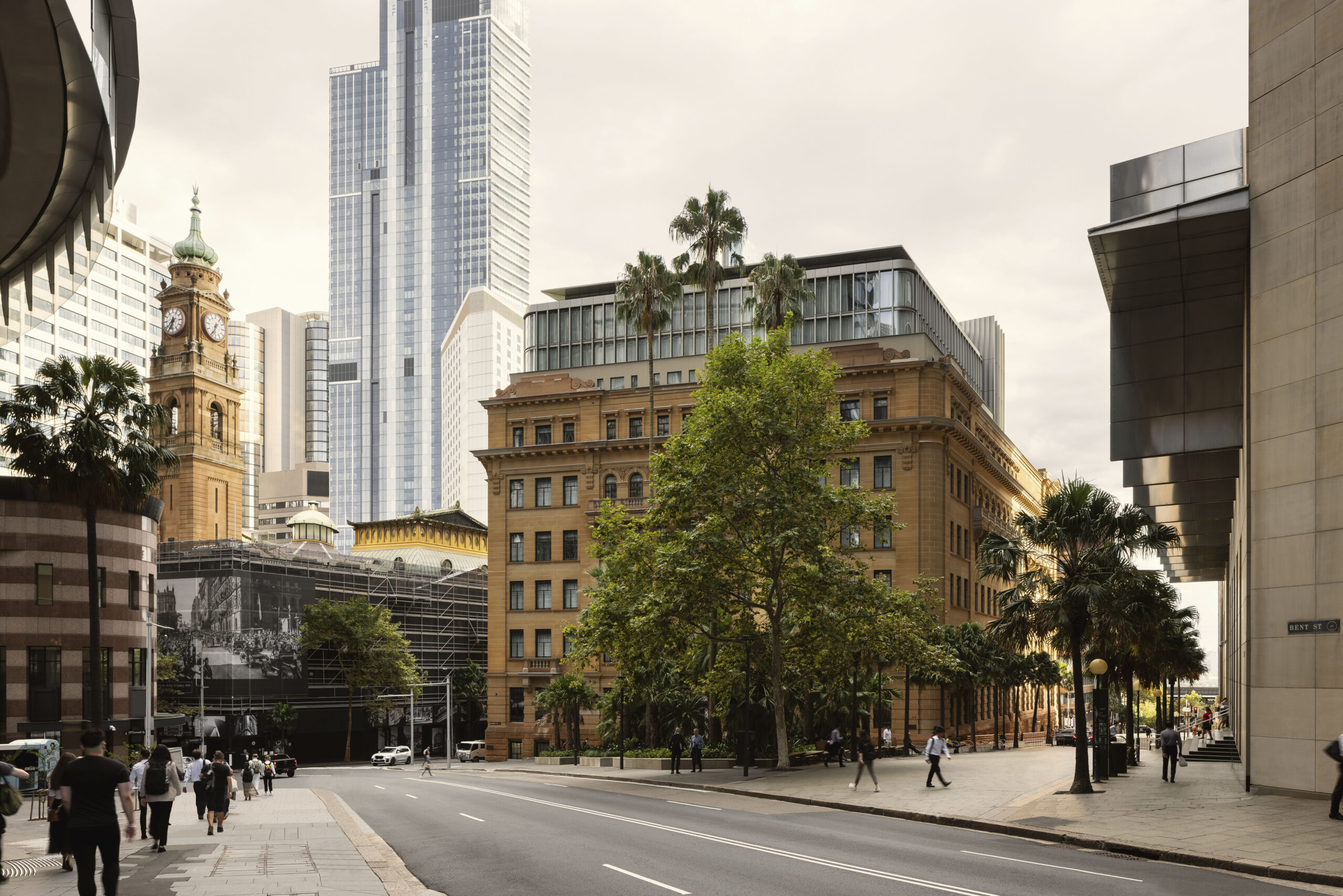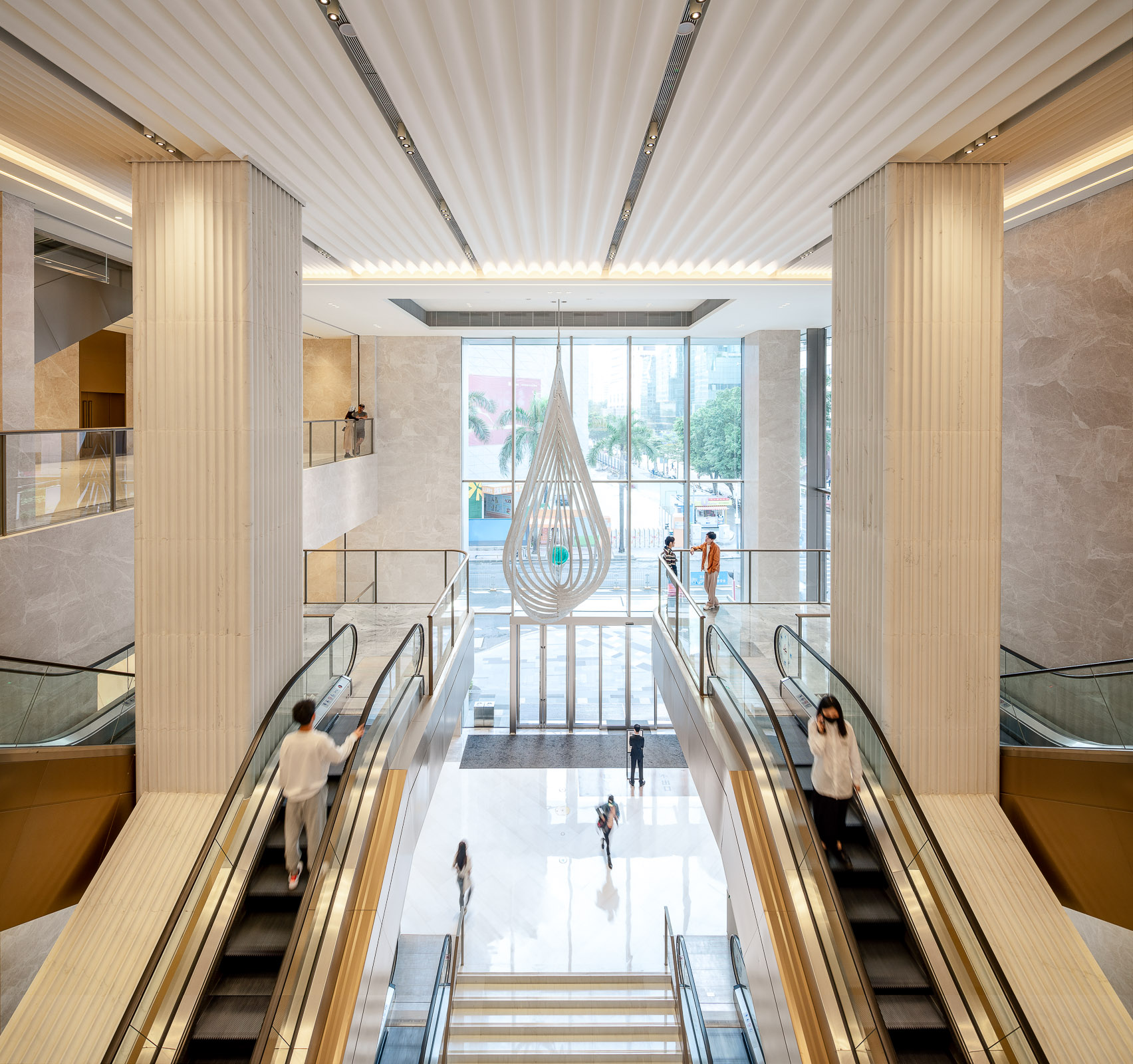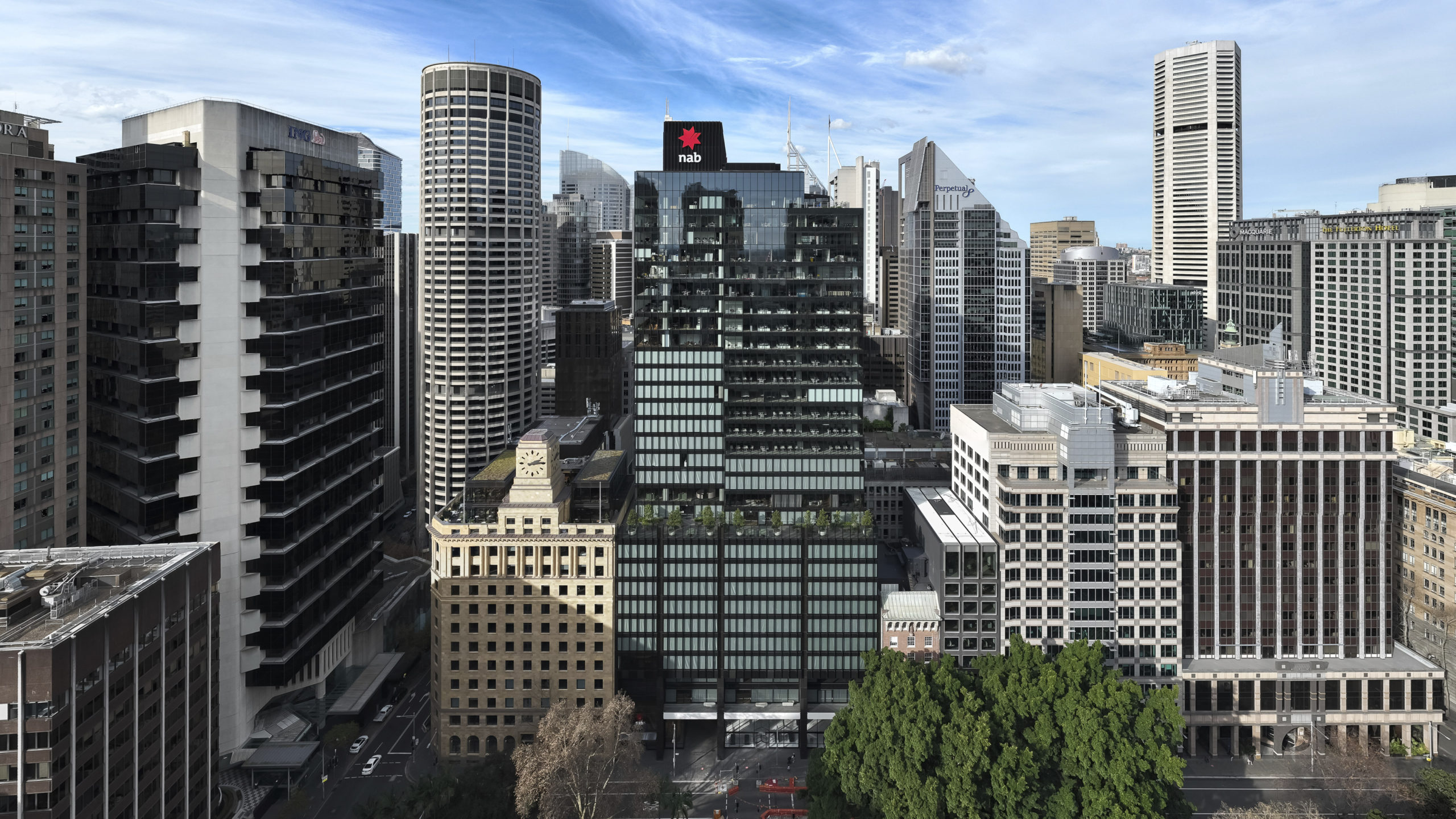
It’s not just the capital that’s racing to update its cycle infrastructure. Leeds and Cambridge are each now home to a CyclePoint – a Dutch-style, rail station-adjacent facility that offers secure bike parking plus a repairs service, info centre, rental bike concession and retail shop. With space for nearly 3,000 bikes, the Cambridge CyclePoint is Britain’s largest dedicated cycle parking facility.
All these developments are part of a wave of bike-related infrastructure transforming cities around the world – a collective effort to make cycling an integral form of transport and a normal part of everyday life, something people feel safe and comfortable doing. Popularity for cycling is certainly rising here in the UK. Running and cycling app Strava data shows that riders nationwide logged an unprecedented 803 million kilometres in 2016, while TfL expects there to be more Londoners commuting by bike than by car in 2018.
Given that many of these journeys are work commutes, it’s worth asking: how can architects use their office designs to encourage this upward trend?
The workplace response
With the rising popularity of cycling in the UK comes a growing demand from commercial occupiers for better cycling provision. In the fierce battle to attract and retain the best talent, businesses are under pressure to provide cutting-edge cycling facilities – a trend that’s transforming cycle provision in workplaces across the country. Ample bike-parking, showers and changing rooms are fast becoming obligatory features of new-build and refurbished office schemes. What does the modern office worker want from their physical workspace? Increasingly, the answer is a place to secure their bike.
At Make we have a team of specialists in building and property-related cycle design. We take a progressive attitude towards the integration and delivery of cyclist and pedestrian-friendly spaces, particularly in our office designs. In doing so, we encourage low-carbon transport and help make cycling a safe and convenient option for commuters, including those with disabilities.
Take our work on 5 Broadgate, a new world-class office building in the City of London for UBS. Exceeding best-practice cycling facilities formed a key strand of the transport plan. In pursuit of British Land’s ‘Places People Prefer’ sustainability strategy, we provided an exemplary cycling facility with a dedicated cycle ramp and separate mezzanine level containing 523 cycle spaces, 500-plus lockers, and 50 showers and dressing areas.
Substantial cycle provision also proved integral to our designs for 80 Charlotte Street and Rathbone Square, both mixed use office and residential developments. The former includes 226 secure and covered cycle parking spaces, plus shower/changing facilities; the latter, meanwhile, has nearly 500 cycle parking spaces – including dedicated office, retail and residential provision – and heated lockers and showers.
And then there’s Make’s own studio at 32 Cleveland Street, a converted car park completed in 2015. Intent on giving our employees cycle provision, we repurposed a redundant lightwell to maximise our limited space and open up access to wall rack storage for 30 bikes, plus showers and lockers.

The next steps
As designers, we’re faced with the challenge of producing efficient, innovative designs for workplace cycle provision – ones that not only address cyclists’ individual needs but also integrate into the wider infrastructure. This means considering the population at large and allowing for a far greater cycle provision in our public realm projects. There’s even scope to embrace automation. Just look at ECO Cycle in Japan, which provides large-scale automated underground cycle parking facilities – a boon for densely populated cities.
Ultimately, we share the view of architecture writer and friend Peter Murray, who is adamant that “cities which have fewer cars and more active transportation are better cities to live in.” As noted in TfL’s London Cycling Design Standards, which Murray provides training and guidance on, cycling is fast becoming a mass transportation mode, and new developments must reflect this shift and allow for future growth too. We support the guidance these standards provide, and we strive to produce workplace designs that further this vision.
This post has been adapted from Make Annual 12.

































































































































































































































































